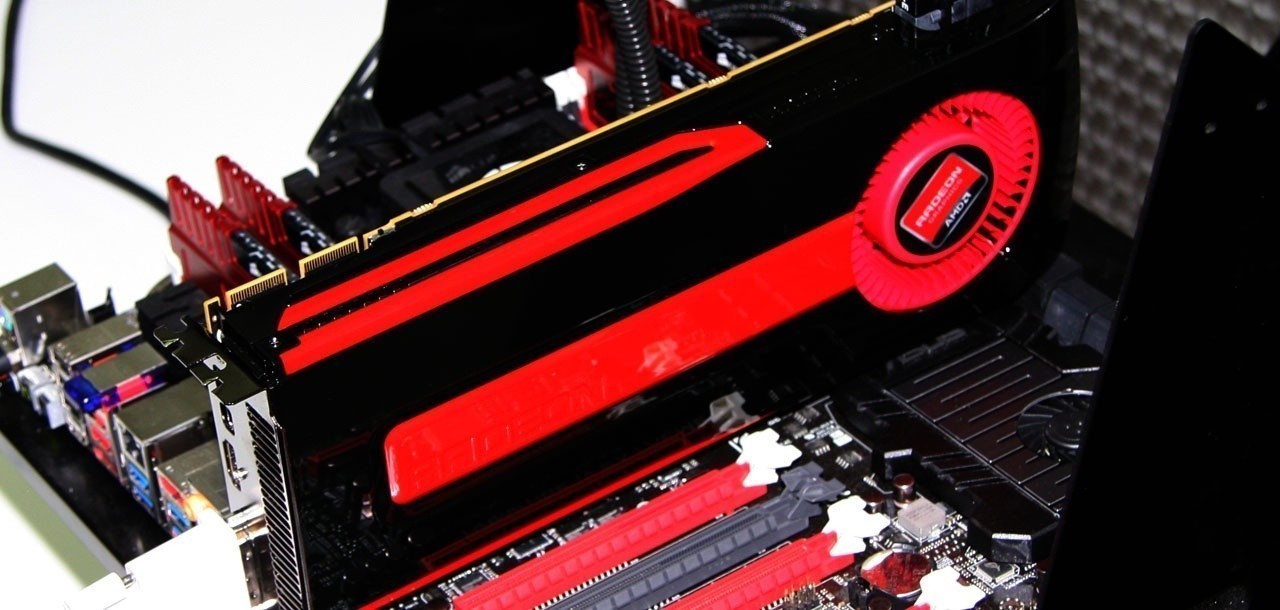

As its name suggests, the HD 7970 is the replacement for AMD's fastest single-GPU graphics card to date, the HD 6970. now before you say "well if you're making a living out of it, fork out the cash and go Quadro", let me remind you that a lot of innovators in various fields actually do use GPU compute to ultimately make progress (especially in academic sciences) to ultimately bring us better tech AND new directions in tech development.AMD today launches the Radeon HD 7970, its first graphics card built at a 28nm production process and the first member of its Southern Islands family of GPUs.
#Amd radeon hd 7970 professional#
True, Nvidia is able to produce more gaming performance for less, but this is pushing anyone who wants GPU compute to get an overpriced professional card. Nvidia has started a HORRIBLE trend in the business that I hope to dear god AMD does not follow suite. The issue is them rethinking their future designs scares me. AMD now has the lead in this market, but at the cost of higher power consumption and production cost.This quick fix by AMD will work for now, but they obviously need to rethink their future designs a bit. Cutting out nearly 80% of the GPGPU logic, something Nvidia had been trying to market for YEARS, allowed then to even further drop production costs and power usage. Not so much.Then again, Nvidia pretty much cheated on this generation as well. High end AMD cards see the most improvement from an increased core clock. The drop back to a 256bit bus on their GTX 680 allowed them to cut cost and power usage without causing a drop in performance. Nvidia realized that all of the bandwidth provided by GDDR5 and a 384bit bus is almost never utilized.

JrharbortTo me, increasing the memory speed was a pointless move. Now it’s using 3 GB of 1500 MHz modules on the same bus to push 288 GB/s. On a nice, wide 384-bit bus, they were good for 264 GB/s of aggregate bandwidth. Back when AMD launched the Radeon HD 7970, it “only” had access to 1375 MHz GDDR5 modules.

The other performance enhancement comes courtesy of faster memory. After all, that’s what PowerTune has done for a year and a half. The company says its 1 GHz clock is fixed, and altering Overdrive’s frequency slider only changes the maximum boost level.īut it seems like you could also describe the 7970 GHz Edition as a 1.05 GHz card that, subjected to a synthetic power load like FurMark, drops 50 MHz and some voltage to not violate its TDP.
#Amd radeon hd 7970 plus#
Basically, though, AMD confirmed for us that PowerTune with Boost is the same exact thing, plus the ability to dynamically increase voltage. If you’re not already familiar with what PowerTune is or how it works, I break it down in my Radeon HD 69 review. AMD is marketing this combination of clock rates as PowerTune with Boost. But it also enables a higher 1050 MHz P-state that the GPU favors when thermal headroom allows. Officially, AMD lists it at 1000 MHz-a bump up from the original version’s 925 MHz frequency. Most obvious is a higher core clock rate. What few differences there are all materialize under the card’s 11”-long fan shroud. Put AMD’s reference GHz Edition card next to the one launched six months ago and you can’t tell them apart. Physically, this is the Radeon HD 7970 you already know.
#Amd radeon hd 7970 drivers#


 0 kommentar(er)
0 kommentar(er)
